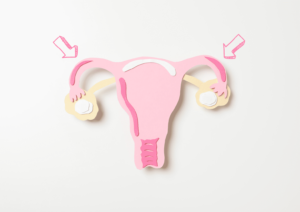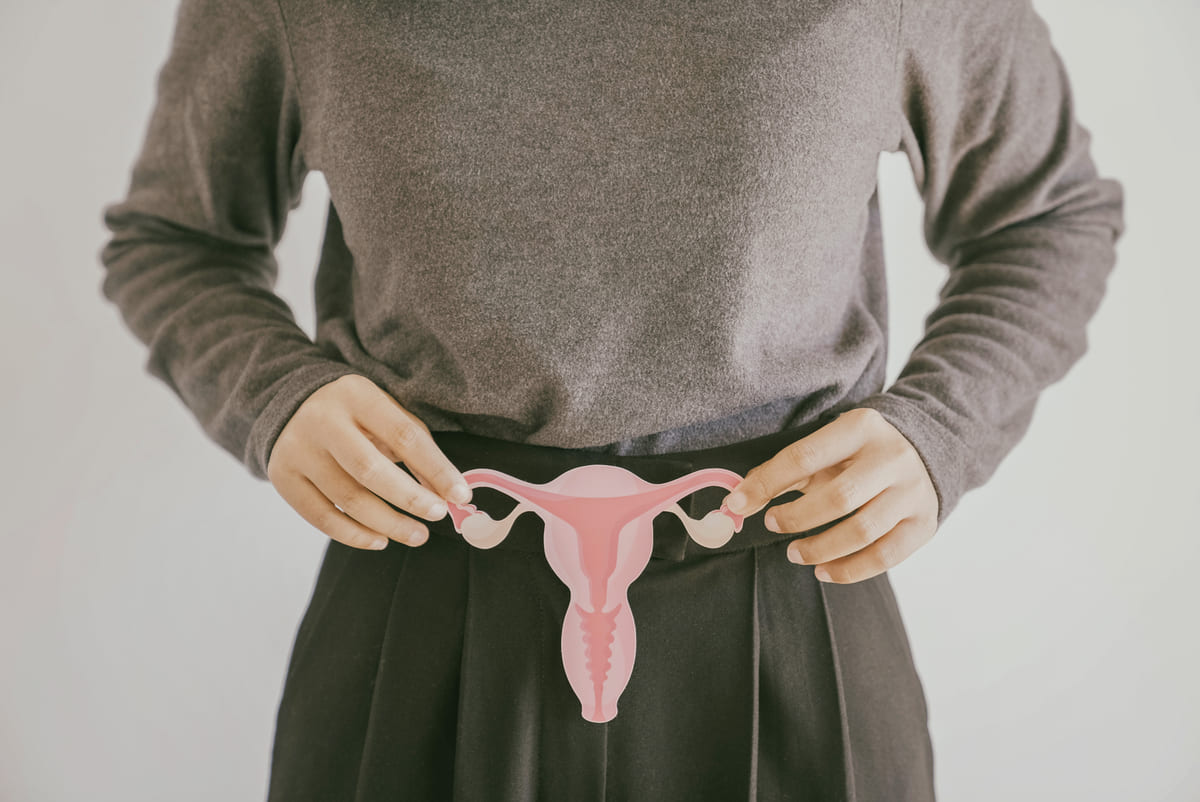In today’s article, we will address one of the most common problems faced by women in their quest for motherhood: the blockage of the Fallopian tubes. This article explores the possible reasons behind this condition, offering a comprehensive view for those seeking answers and solutions.
What are the Fallopian Tubes and Their Role in Fertility?
The Fallopian tubes are two thin ducts that connect the ovaries to the uterus. They are essential for female fertility, as they facilitate the meeting between the egg and the sperm for fertilization. A blockage in these tubes can prevent this meeting, resulting in difficulties in conceiving.

Main Causes of Fallopian Tube Blockage
1. Pelvic Inflammatory Disease (PID)
PID is an infection of the upper reproductive tract, often caused by sexually transmitted diseases (STDs) such as chlamydia and gonorrhea. The inflammation and resulting tissue damage can lead to scarring, creating blockages in the tubes.
2. Endometriosis
Endometriosis occurs when tissue similar to that which normally lines the inside of the uterus grows outside it. This growth can block the Fallopian tubes. Additionally, endometriotic cysts can exert pressure on the tubes, obstructing them.
3. Previous Surgeries
Abdominal or pelvic surgeries, including partial hysterectomies or ovarian cyst surgery, can cause adhesions. These adhesions are bands of scar tissue that can obstruct the tubes.
4. Previous Ectopic Pregnancy
An ectopic pregnancy occurs when an embryo implants and grows outside the main cavity of the uterus, often in a Fallopian tube. Surgery to treat an ectopic pregnancy can result in the formation of scar tissue.
5. Previous Infections and Other Pelvic Infections
Infections, whether sexually transmitted diseases (STDs) such as chlamydia and gonorrhea or non-STD related pelvic infections, can cause significant inflammation in the female reproductive system. This inflammation can lead to the formation of scar tissue, known as adhesions, which in turn can cause blockage of the Fallopian tubes. Adhesions not only obstruct the passage of the egg but can also affect the mobility of sperm, complicating fertility.
Diagnosis and Treatment

The diagnosis of blocked Fallopian tubes generally involves a hysterosalpingography (HSG), a type of X-ray that assesses the shape of the uterus and the blockage of the tubes. Alternatively, laparoscopy can offer a direct view of the tubes, allowing doctors to identify and, in some cases, treat blockages during the same procedure.
Treatment for blocked Fallopian tubes varies depending on the cause and extent of the blockage. Options include surgery to remove or repair the blocked tubes or assisted reproduction treatments such as in vitro fertilization (IVF), which can be a viable alternative for those who cannot conceive naturally due to this condition.
Prevention and Care
While some causes of Fallopian tube blockage are difficult to prevent, measures such as using protection during sexual intercourse to avoid STDs and timely medical attention for pelvic infections can reduce the risk. Additionally, discussing any previous abdominal or pelvic surgery with your doctor can help assess the risk of blockages related to surgical procedures.
Conclusion
The blockage of the Fallopian tubes is a significant cause of female infertility, but with proper diagnosis and treatment, many women can overcome this obstacle. At Gravida, we are committed to providing you with the support and information necessary to navigate this challenge. If you suspect you may have blocked Fallopian tubes or are experiencing difficulties conceiving, we encourage you to seek medical advice: contact us through this form or call us at 93 206 64 89.
Protecting and caring for your fertility is a journey you don’t have to do alone.




